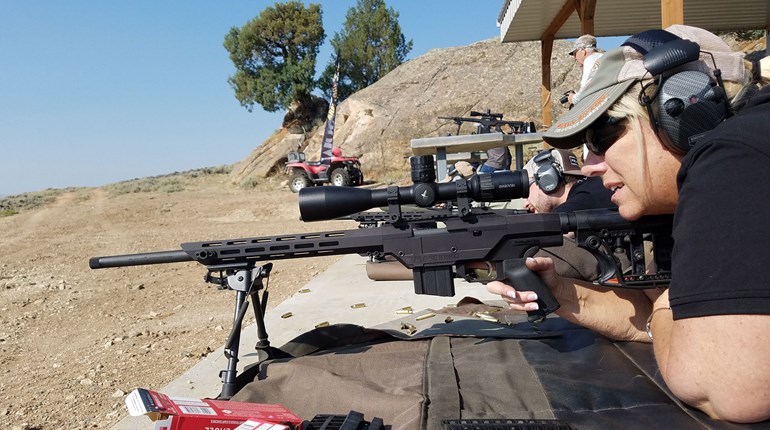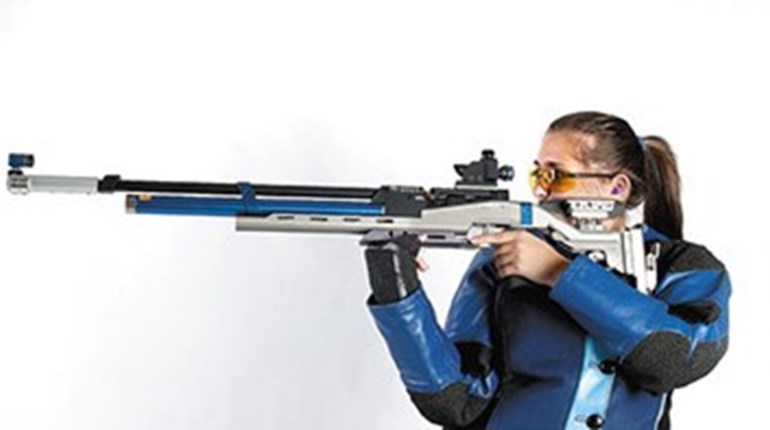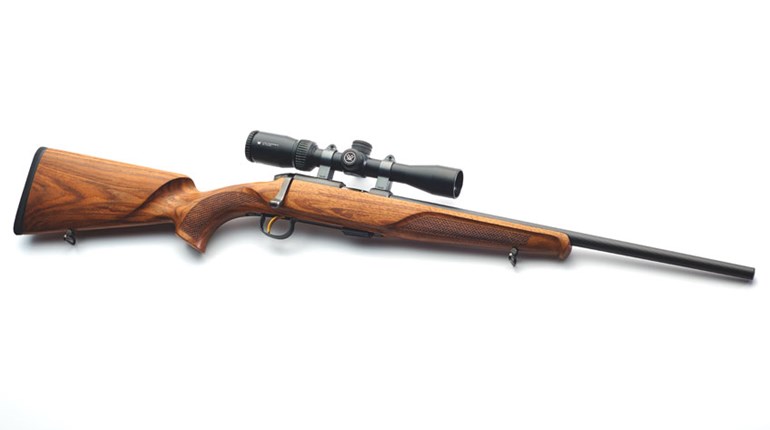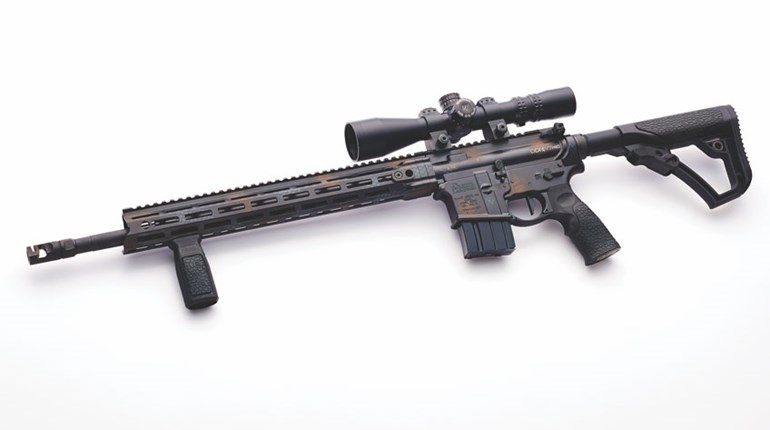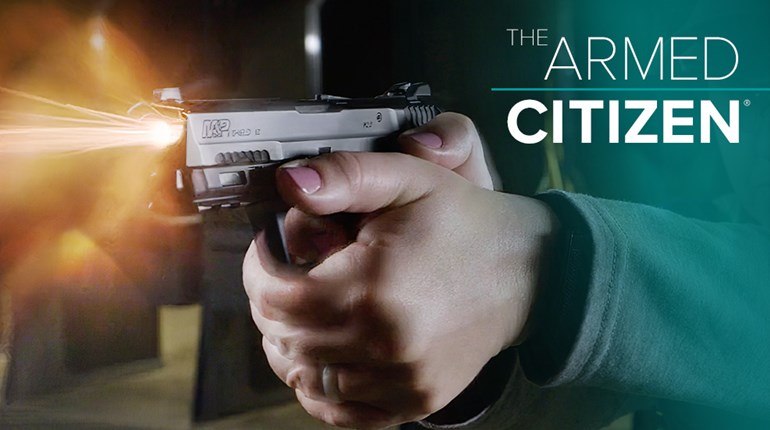
We suspect we’re unoriginal in our dislike for certain often-considered shooting questions. This rarely stems from any actual difficulty in formulating answers, but instead with the underlying nature of the replies: They can be absolutely true, unbiased and technically correct without being useful. In such a utility vacuum, they edge too close to a potent killer of knowledge—dogma.
An example? Easy: What’s the best handgun?
There are so many parameters for “best” that the nominated arm, however excellent, is almost certain to be a gross mismatch to many other, or unanticipated, needs. Even the most carefully minted reply is likely to be provocative rather than productive. It’s tempting to lay the difficulty off on supposed (or even actual) subjectivity, but this is a shortcut to nowhere, and for the same reason—it’s true, but annoyingly irresolute.
Before NPA fans permit Google to use their location in that search for tar and feathers, hear us out.When it comes to technique—particularly for the Carry Life—it’s hard to imagine anything “truer” but less useful than the questions we’ve encountered of late that link huge swaths of defensive or protective shooting to something called “Natural Point of Aim.”
Before NPA fans permit Google to use their location in that search for tar and feathers, hear us out. We don’t assert for a minute that the phenomenon of a natural point of aim does not exist (and a superb explanation of the concept as applied to several disciplines can be found here). We’ve invoked it on occasion as a problem-solver ourselves. As a way to determine a comfortable, effective and repeatable presentation of a firearm and address of a target, NPA is an excellent framework.
There are many things, however, that natural point of aim concepts won’t account for, and that’s the problem: If you’re learning to shoot, don’t expect this to be a talisman you can wave at every setback or poor result. If you’re teaching someone, consider carefully the overstretching of the metaphor—NPA is not the antecedent of all successes, nor its absence accountable for all failures.
At rock bottom, NPA techniques build on an individual’s anatomical and ergonomic “defaults.” Training with this in mind puts the end of NPA motions at, or close to, where a target is expected or a shot required. Especially by winnowing out unnecessary gross movements of feet, legs, arms or even the whole body, working to the natural point of aim adds speed, conserves energy and eliminates other performance-robbing variations in body mechanics. In this crucial sense, think of them as preparatory only.
Actual alignment of notch and post are different skills that ... a natural aiming point should not, must not supplant.NPA mechanics also end as literal aiming commences. Particularly for less-experienced shooters, natural pointing may not locate the sights on the target at all. Successive approximations—practice!—will move the NPA and target closer in due course, but it’s only luck if things start out that way. Actual alignment of notch and post (or positioning of some other aiming cue like a red dot or reticle) are different skills that discovering or developing a natural aiming point should not, must not supplant.
Most people will also see their NPA change over time. Stature, musculature and (damn it) age will shape the application of the techniques and vice versa, as will the inherent feedback of results. Nor will NPA work with uniform efficacy: As with many other things, Person A may be unable to execute something that comes easily and effectively to Person B. But to assume that there are no adaptations that will allow Person A to compensate or even excel is unsound, in fact, prejudiced. Such workarounds are occasionally the stuff of outstanding innovation, too.
Natural point of aim is also notoriously susceptible to equipment and discipline changes. Shotgunners, for instance, will have little in common with handgunners, and the NPAs of standing rifle vs. prone rifle for the same shooter have few shared elements. Another classic example is the posited “perfect” grip angle of 1911-style pistols—fine in many hands and for many purposes, but off the paper at troublingly close proximity when other pistol types enter the equation. (Albeit by a roundabout route, this is another reason not to work on too many things at once.)
Unvarnished, this boils down to a familiar Carry Life problem—speed.At the highest level, a useful (and perhaps very rapid) target address and natural point of aim merges into a technique called point shooting. Though this is generally a very good thing, it is also—with unusual aptitudes excepted—a very rare thing. It can certainly be learned to a degree, but requires extensive and very diligent practice.
But back to our gripe: There is nothing wrong with using and understanding the principles and value of natural point of aim. If nothing else, internalized NPA-based habits allow a higher level of concentration on other aspects of training. The problem lies in the belief—or worse, determined instruction—that an NPA body mechanic or process must be an explicit predecessor to every shot.
Unvarnished, this boils down to a familiar Carry Life problem—speed. Like too much focus on any other piece of doctrine, NPA should instead collapse into your overall skills as seamlessly as possible. The ability to rapidly, safely produce your defensive wherewithal is unlikely to allow for a stepwise list any longer than, “Innocents are about to be harmed by a threat I/they cannot flee,” and, “Are my skills such that I can prevent or limit that harm?”
Pretty much everything else must be reaction. Certainly, there must not be a conscious connection of NPA and how it is achieved with what is now—however regrettably—an urgent target.
Now Carry on.
Frank Winn has been studying arms and their relationship to tyranny, meaningful liberty and personal security all his adult life. He has been a firearms safety/shooting instructor for more than 20 years, and earned state, regional and national titles in several competitive disciplines.











